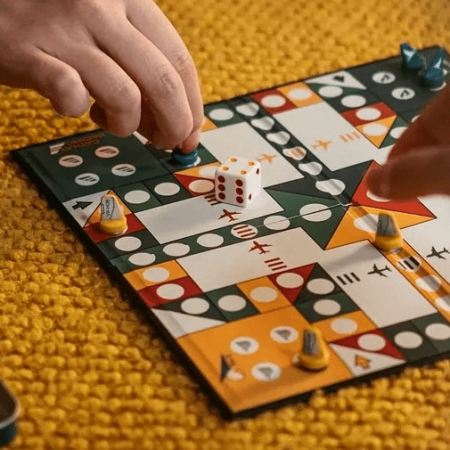Retracing the travels and travails of Frédéric Chopin
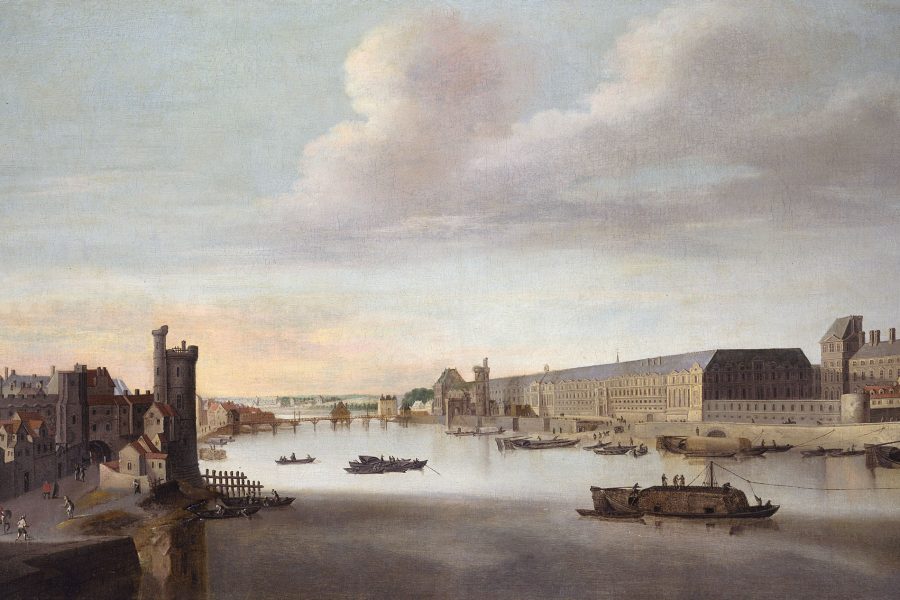
Few composers faced such a rough road on their travels as Frédéric Chopin. Even fewer produced musical gems under such exacting circumstances.
Itinerant composers were by no means a novelty in the 18th and 19th centuries. Mozart had been a celebrated touring prodigy, performing for kings and archbishops around Europe. Haydn, his Austrian compatriot, travelled to Paris and London where the eponymous symphonies were first performed.
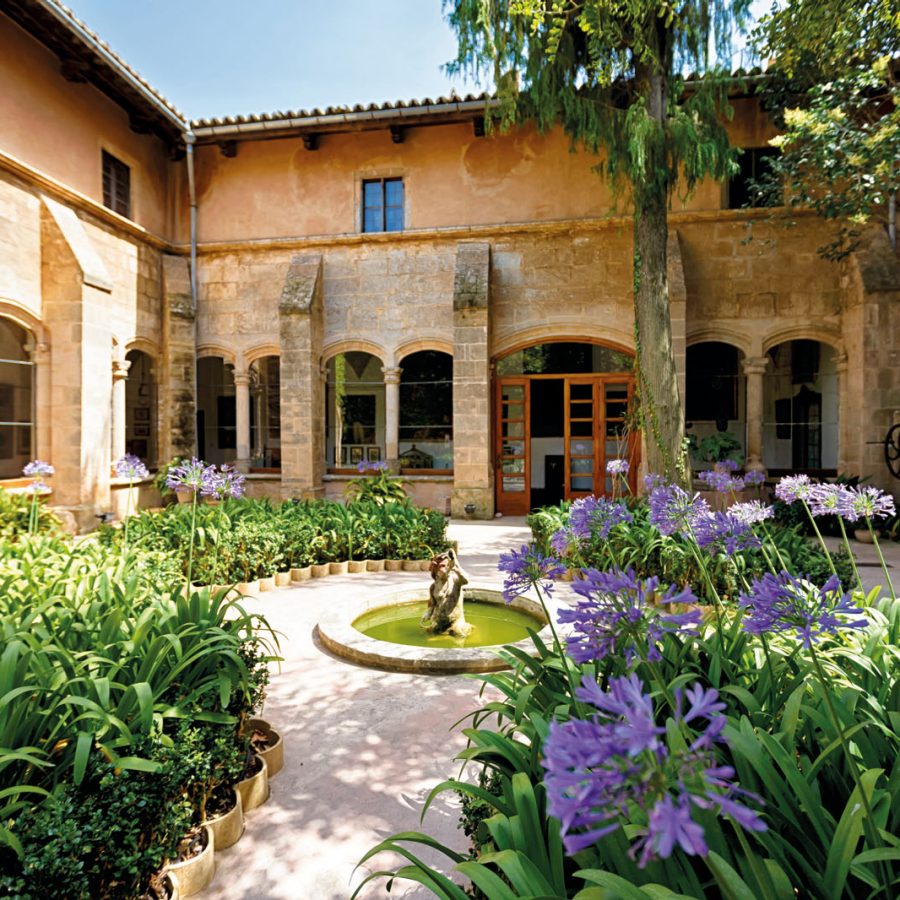
Credit: Castenoid / Getty Images
Travel for Warsaw-born Chopin, however, was not a choice but a fate to be reckoned with. ‘I curse the day I left,’ he wrote in Vienna on Christmas Day 1830, as revolution against Russian rule broke out in his native city. As the conflict escalated, applause came to mean little for the 21-year-old diehard patriot. ‘Everything I have seen abroad until now seems to me old and hateful and just makes me sigh for home,’ he remarked after performing his Piano Concerto No 1 in E Minor in Vienna in April 1831. He would never set foot in Poland again.
In Stuttgart, Chopin heard that the uprising had been crushed. Nothing captured his fury better than the pounding Revolutionary etude he was writing at the time. The news prompted the young composer to retrace the footsteps of his father, a French national who had settled in Warsaw before the Napoleonic Wars. On 11 September 1831, just three days after the fall of Warsaw, Chopin arrived in Paris.
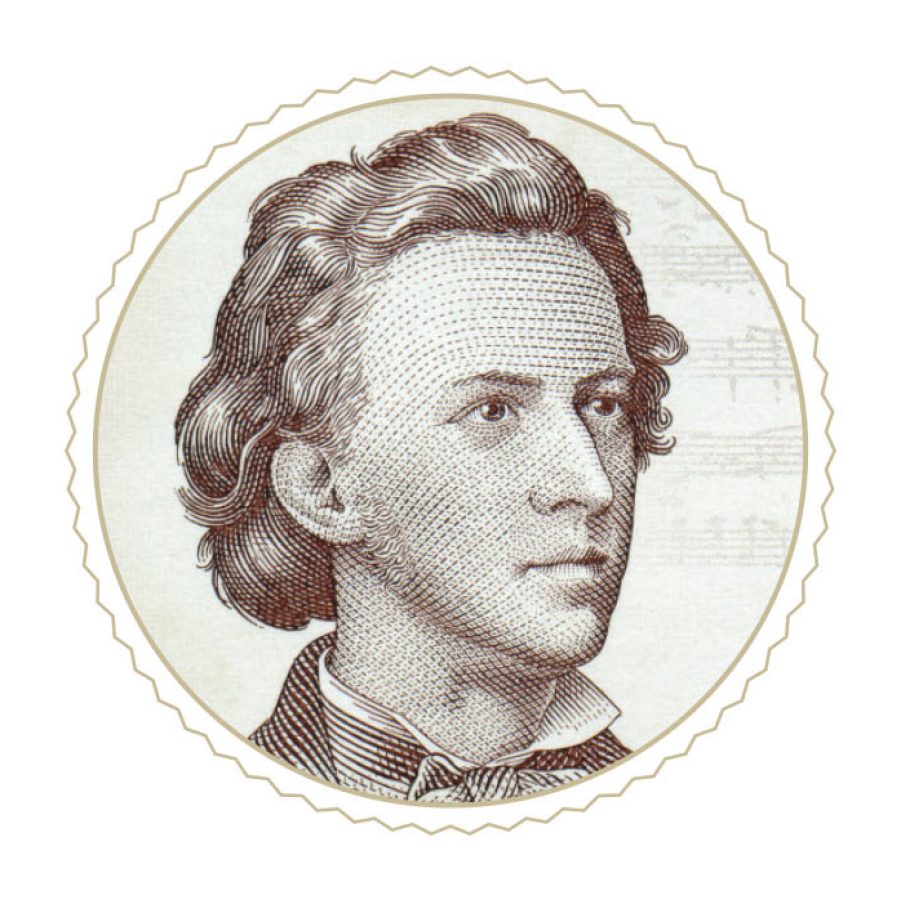
Alongside Vienna, Paris under the rule of King Louis-Philippe I was Europe’s music capital. Here Chopin joined an elite musical circle comprising Berlioz, Rossini, Bellini and Liszt, as well as the cream of Parisian high society. He performed duets with Liszt and toured the Rhineland with Mendelssohn, who presented him to Robert and Clara Schumann in Leipzig. Chopin’s exceptional talents drew him to piano manufacturer Camille Pleyel, who later delivered bespoke pianos to Chopin wherever he went. The pair visited London in 1837, when Chopin played at a private concert in Marylebone for the family of Broadwood, Pleyel’s English counterpart.
Apart from musical circles, Paris was a hub of art and literary figures. Some of the greats Chopin mixed with included painter Eugène Delacroix, novelists Honoré de Balzac and Victor Hugo, and the novelist-playwright Madame Amantine Dudevant, known by her pen name George Sand, whose 10-year relationship with Chopin confined his travels between Paris and her summer estate in Nohant, 300 kilometres south of the French capital.
The exception was a three-month trip to the Spanish island of Mallorca in late 1838. Sand hoped the Mediterranean sunshine would cure her son’s rheumatism and improve Chopin’s fragile health. The harsh winter proved otherwise. Chopin’s coughing caused the hostel to kick them out for fear of tuberculosis.
The company was forced to retreat to a deserted medieval monastery. The cold wind howling through the empty corridors and the incessant rain formed the backdrop as Chopin composed masterpiece after masterpiece.
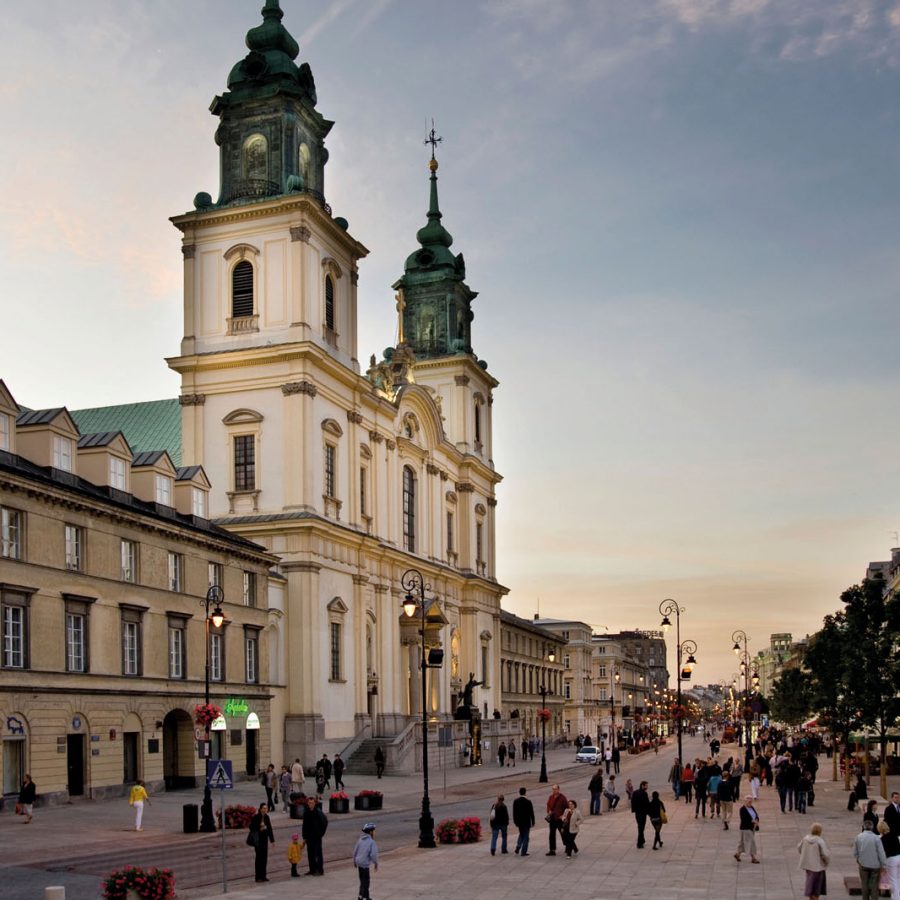
Credit: ImageBROKER / Alamy / Argusphoto
Sand wrote: ‘He sat there weeping as he played his amazing Prelude…the piece he had composed that evening was full of raindrops beating on the tiles, but in his mind and his music they had become tears from heaven beating on his heart.’
The quote has been associated with the Raindrop subtitle for the 15th of the 24 preludes that Chopin completed in Mallorca. There he also scored Ballade No 2, the Scherzo No 3, the two Polonaises Opus 40, the Mazurka in E Minor and drafted the bulk of the Piano Sonata No 2 in B Minor, including the Funeral March.
After leaving Mallorca, Chopin did not travel overseas again until 1848. It was the year of European revolution. Having separated from Sand the previous year, Chopin, like King Louis-Philippe I, crossed the English Channel and spent seven months in Britain. Despite being meticulously cared for by his Scottish student, Jane Stirling, and meeting Queen Victoria, the cold and rain were too much for the composer who grew increasingly frail. ‘I can’t breathe, I can’t work; I feel alone, alone, alone,’ he wrote in Edinburgh in September 1848. Two months later, shortly after his last public concert at the Guildhall, he returned to Paris on doctor’s orders.
On 17 October 1849, Chopin died at his Paris home. He was 39. But his travels continued. His sister Ludwika returned to Warsaw with a glass jar containing Chopin’s preserved heart. It was placed inside the Holy Cross Church in 1882, with a plaque that read simply: ‘Here rests the heart of Frédéric Chopin.’
Hero image: Chronicle / Alamy / Argusphoto
More inspiration
- China – the Chinese Mainland, Hong Kong SAR, Macao SAR and Taiwan Region
- Hong Kong SAR - English
- Chinese Mainland (China) - English
- Taiwan, China - English
- 香港特別行政區 - 繁體中文
- 中国內地 - 简体中文
- 中國台灣 - 繁體中文
- Africa
- South Africa - English
- Asia
- Bangladesh - English
- Korea - English
- Singapore - English
- Cambodia - English
- 한국 - 한국어
- Sri Lanka - English
- India - English
- Malaysia - English
- Thailand - English
- Indonesia - English
- Maldives - English
- ประเทศไทย - ภาษาไทย
- Indonesia - Bahasa Indonesia
- Myanmar - English
- Vietnam - English
- Japan - English
- Nepal - English
- Việt Nam - tiếng Việt
- 日本 - 日本語
- Philippines - English
- Australasia
- Australia - English
- New Zealand - English



